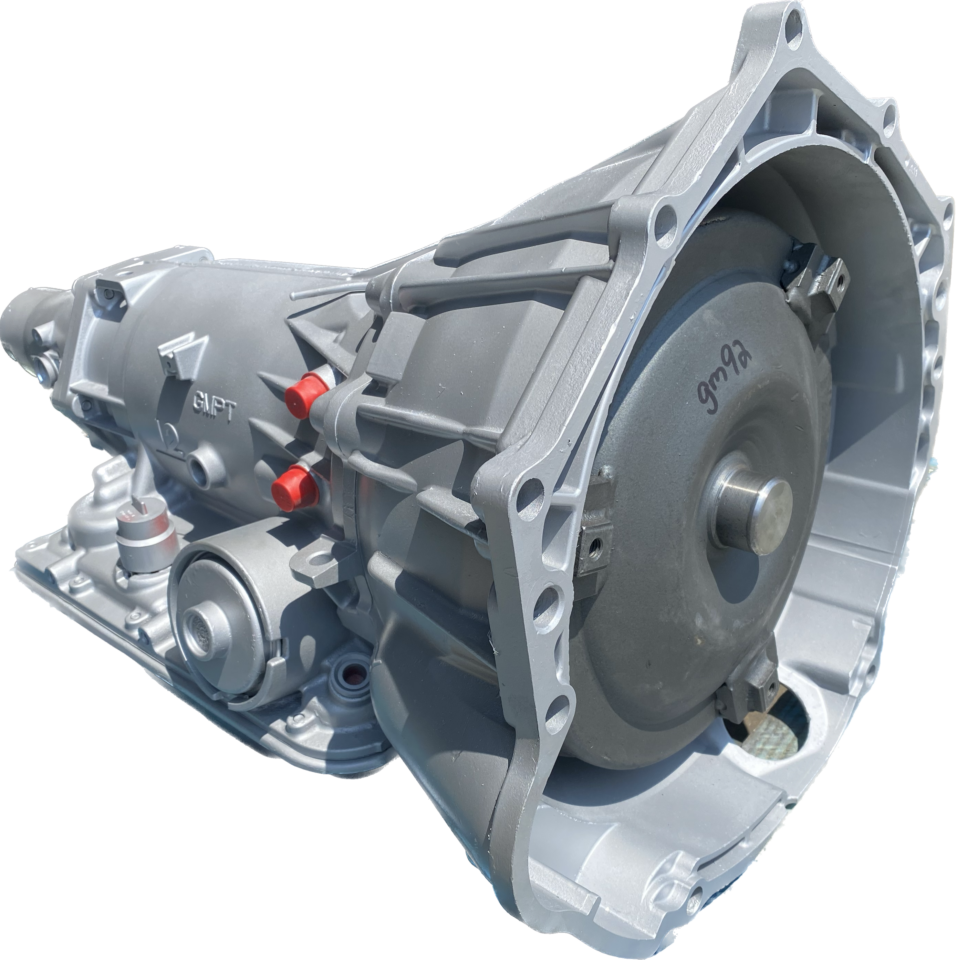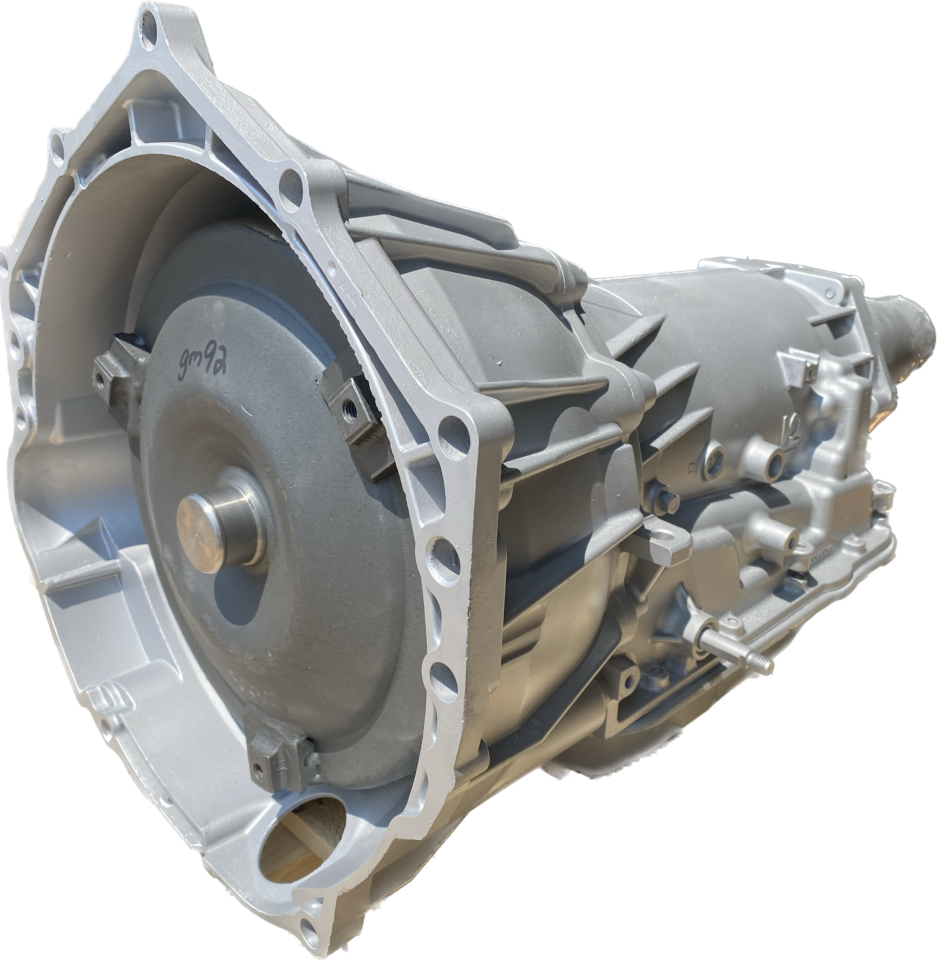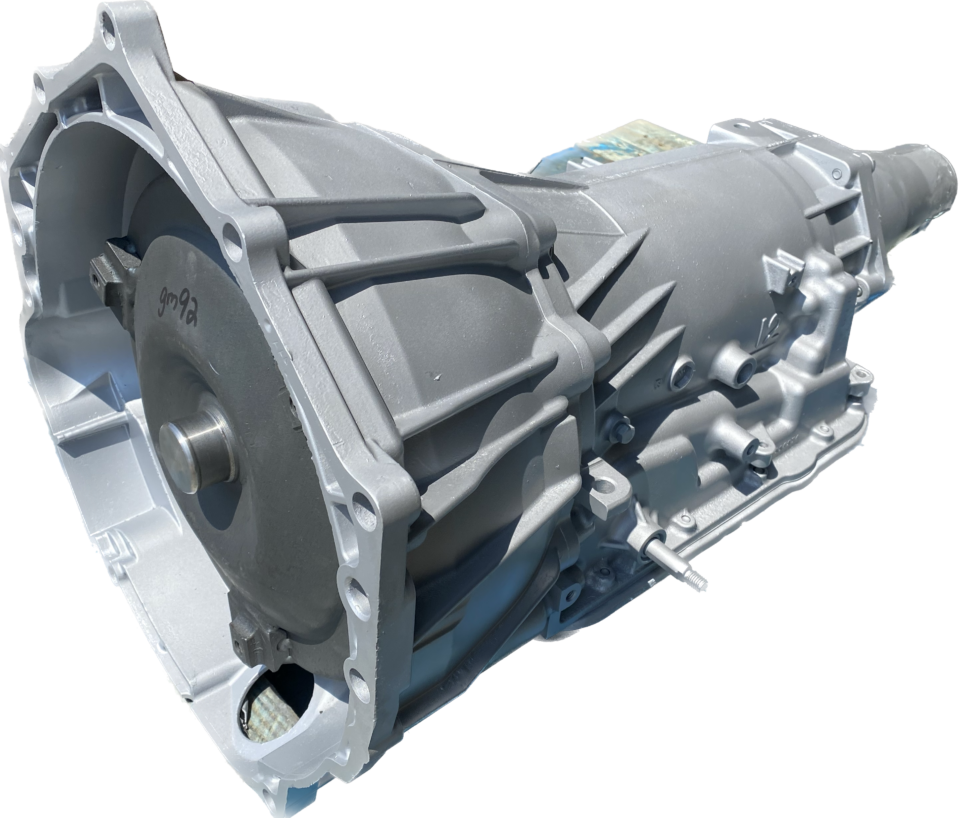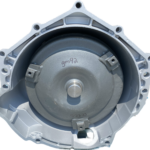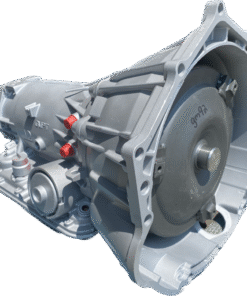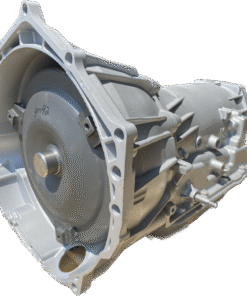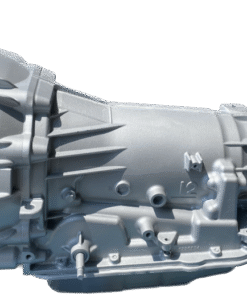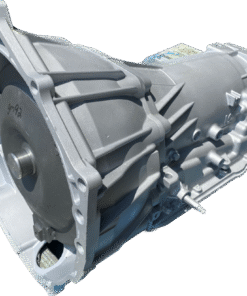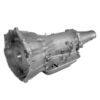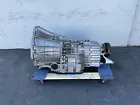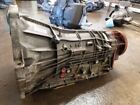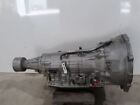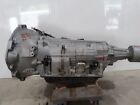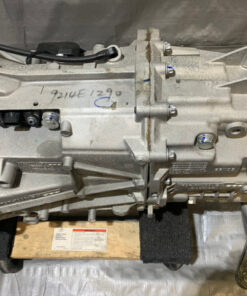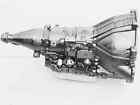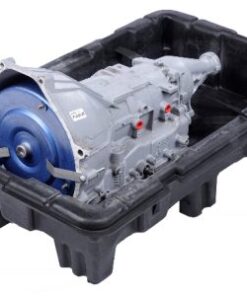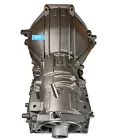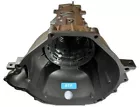Comprehensive Guide to the GM 4L60E 2WD Transmission
Introduction
The GM 4L60E 2WD Transmission is a well-known automatic transmission developed by General Motors for use in rear-wheel-drive and two-wheel-drive vehicles. It has been one of GM’s most widely used and longest-running transmissions, finding its place in countless light-duty trucks, SUVs, and performance cars from the early 1990s through the 2010s. Known for its adaptability, moderate towing capabilities, and aftermarket support, the GM 4L60E 2WD Transmission is a solid choice for stock and modified vehicles alike.
Understanding the GM 4L60E 2WD Transmission is important whether you’re a mechanic, builder, restorer, or simply a curious car enthusiast. This guide will break down its specs, history, evolution, strengths and weaknesses, and how it differs in its 2WD form.
History and Evolution
The GM 4L60E 2WD Transmission was introduced in 1993, replacing the mechanically controlled 700R4 transmission that debuted in 1982. The “E” in GM 4L60E 2WD Transmission stands for “electronically controlled,” which was a major evolution from its predecessor. While it kept the same basic gearset and physical dimensions, the shift logic was now controlled by the vehicle’s Powertrain Control Module (PCM) instead of a hydraulic valve body and TV cable.
The GM 4L60E 2WD Transmission is part of GM’s longitudinal automatic transmission family, where the first digit “4” denotes four forward gears, “L” indicates a longitudinal mounting (for rear-wheel-drive), and “60” represents its relative torque rating (6000 lbs. GVWR).
There were several internal revisions over the years to improve strength, shifting characteristics, and compatibility with different engines. Notable changes include:
-
1993-1995: Early version with a one-piece case and a 13-pin connector.
-
1996 and up: Transitioned to 15-pin connectors and more sophisticated solenoids for better shift control.
-
1998+: Introduction of removable bellhousings and updated input shaft designs.
-
2001+: Internal upgrades to clutch packs, valve bodies, and electronics.
GM 4L60E 2WD Transmission vs. 2WD and 4WD Versions
One of the key distinctions in the GM 4L60E 2WD Transmission lineup is between 2WD (two-wheel drive) and 4WD (four-wheel drive) variants. While the core transmission remains similar, the output shaft and tailhousing are different:
-
-
Has a longer output shaft that fits into a bolt-on tail housing (also called an extension housing).
-
Used with a driveshaft that directly connects to the rear differential.
-
Common in sedans, sports cars, and 2WD trucks.
-
-
4WD 4L60E:
-
Has a shorter output shaft designed to bolt directly to a transfer case.
-
Used in off-road and utility vehicles like the Chevy Tahoe, Suburban, and GMC Yukon with 4×4 capability.
-
Important: You cannot directly interchange a 2WD and 4WD 4L60E unless you disassemble the entire transmission and swap the output shaft, which is labor-intensive.
Technical Specifications
Here’s a more detailed look at the technical specifications of the GM 4L60E 2WD Transmission:
-
Transmission Type: 4-speed automatic (electronically controlled)
-
Application: Longitudinal mounting, rear-wheel drive (RWD / 2WD)
-
Torque Capacity (stock): ~360 ft-lbs (varies by model and year)
-
Transmission Weight (dry): ~150-160 lbs
-
Gear Ratios:
-
1st Gear: 3.06:1
-
2nd Gear: 1.62:1
-
3rd Gear: 1.00:1
-
4th Gear (Overdrive): 0.70:1
-
Reverse: 2.29:1
-
-
Case Material: Cast aluminum
-
Pan Type: Rectangular, 16 bolts with one corner cut
-
Fluid Type: Dexron III or VI ATF (Dexron VI is backward compatible)
-
Bellhousing: Varies—early models have a one-piece case, later models have a removable bellhousing
Applications: Vehicles that Use the GM 4L60E 2WD Transmission
The GM 4L60E 2WD Transmission was used across a wide range of GM vehicles, particularly in light-duty trucks, SUVs, and rear-drive performance cars. Below are some notable applications:
Trucks and SUVs:
-
Chevrolet Silverado (1500)
-
GMC Sierra (1500)
-
Chevrolet Tahoe (2WD)
-
GMC Yukon (2WD)
-
Chevrolet Suburban (2WD)
-
Chevy S10 / GMC Sonoma (2WD)
-
Chevy Express / GMC Savana (vans)
Cars:
-
Chevrolet Camaro
-
Pontiac Firebird / Trans Am
-
Chevrolet Caprice
-
Buick Roadmaster
-
Cadillac Fleetwood (RWD models)
These transmissions were generally mated to V6 and small-block V8 engines such as the 4.3L V6, 5.0L V8, and 5.7L V8, and later to LS-based engines in the early 2000s.
Common Problems and Failures
While the GM 4L60E 2WD Transmission is generally reliable when maintained properly, there are a few common issues that tend to arise, especially in high-mileage or neglected units:
-
2-3 Shift Failure
-
Caused by worn clutch packs or servo problems.
-
Symptoms: Engine revs but doesn’t shift into 3rd gear.
-
-
Delayed or Harsh Shifts
-
May result from worn valve body or faulty shift solenoids.
-
Sometimes caused by a failing throttle position sensor or vehicle speed sensor.
-
-
No Reverse
-
Often related to failure in the reverse input drum or low reverse clutches.
-
-
Slipping or Overheating
-
Caused by degraded ATF, clogged cooler lines, or weak internal seals.
-
Towing without an external cooler can contribute.
-
-
Sun Shell Failure
-
The factory sun shell can strip or break under load.
-
Upgrade to a “Beast” sun shell is common in rebuilds.
-
Maintenance Tips for Longevity
Keeping a GM 4L60E 2WD Transmission healthy requires proactive maintenance:
-
Fluid Changes: Every 30,000–50,000 miles. Use only Dexron VI or III.
-
Transmission Cooler: Install an auxiliary cooler if towing or driving in hot climates.
-
Filter Replacement: Replace the filter when changing fluid.
-
Flush vs. Drain: Avoid full flushes on old/high-mileage units; stick to pan drops unless the system is very clean.
-
Computer Diagnostics: Use a scan tool to check for trouble codes if shifting becomes erratic.
Performance Upgrades and Modifications
The GM 4L60E 2WD Transmission has a huge aftermarket following, making it popular for street/strip cars, hot rods, and off-road trucks. Here are some common upgrades:
Internal Upgrades
-
Beast Sunshell: Stronger design to resist breaking under torque.
-
Upgraded Clutches and Bands: Improves torque capacity and shift performance.
-
Shift Kits: (e.g., TransGo, B&M) improve shift feel and reduce wear.
-
Heavy-Duty Servo (Corvette Servo): Increases 2nd and 4th gear holding power.
-
High-Performance Pump: For increased line pressure.
Electrical Upgrades
-
Updated Solenoids: For more responsive shifting.
-
High-performance TCM tuning: Tuning the PCM/ECU for firmer shifts, better throttle response, and towing performance.
External Upgrades
-
Transmission Cooler: Essential for any towing or performance build.
-
Deep Aluminum Pan: Holds more fluid and improves cooling.
Rebuild or Replace?
A GM 4L60E 2WD Transmission is a cost-effective solution if the housing and hard parts are still in good shape. Rebuild kits range from basic (soft parts only) to master kits with new bushings, bearings, and upgraded hard parts.
Alternatively, many suppliers offer remanned or performance-built 4L60Es, often with warranty options. Costs vary:
-
Basic rebuilt: ~$1200–$1800
-
Performance build: $2500–$4000+
-
Used unit: $500–$1000 (risky without history)
Always ensure the replacement matches your vehicle year, bellhousing, and connector type.
Identifying Your GM 4L60E 2WD Transmission
There are a few ways to verify that your transmission is a 4L60E:
-
Stamped ID: Some cases are stamped with “4L60-E”
-
Pan Shape: 16-bolt rectangular pan with corner notch
-
Connector Pin Count:


